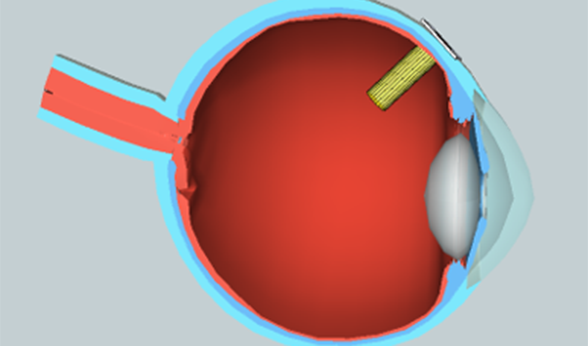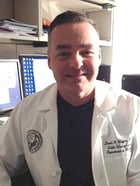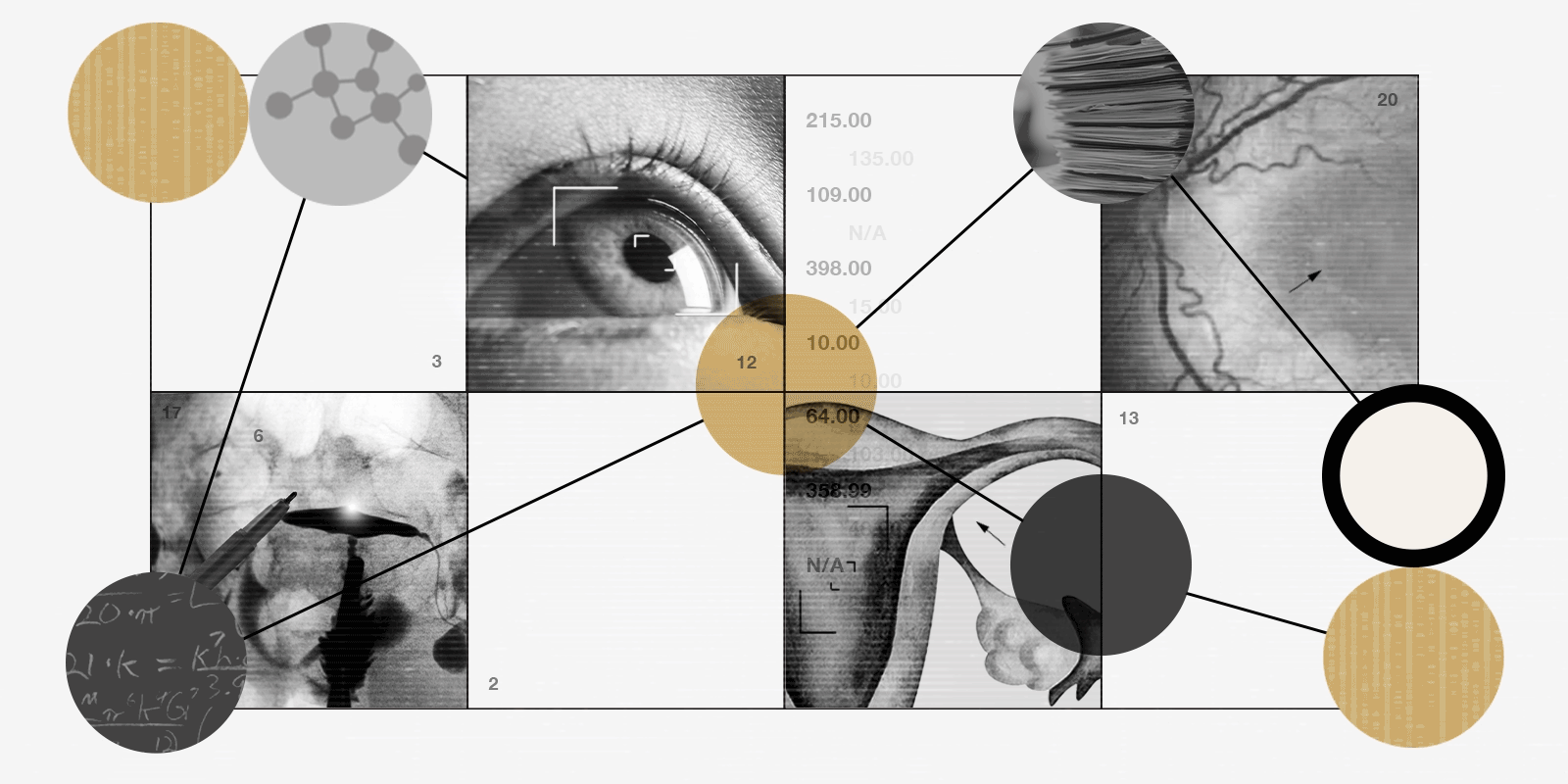The Gates Center for Regenerative Medicine and CU Innovations have awarded three researchers at the University of Colorado Anschutz Medical Campus $350,000 grants with the hope they will strike scientific gold.
The grants come from the Gates Grubstake Fund, which backs scientists at CU Anschutz who research regenerative medicine and stem cell technologies. The name of the fund comes from the Gold Rush. Investors would give prospectors seed money known as grubstakes to buy food and supplies so they could survive while they searched for gold. In exchange, the investors would get a share of future profits.
 A rendering of the "Trap and Zap" device Jeffrey Olson, MD, is developing to treat age-related macular degeneration. The device, shown in yellow, would trap the proteins that cause the condition.
A rendering of the "Trap and Zap" device Jeffrey Olson, MD, is developing to treat age-related macular degeneration. The device, shown in yellow, would trap the proteins that cause the condition.The Gates Center and CU Innovations hope the grants do something similar for recipients, said Heather Callahan, the Gates Center’s entrepreneur-in-residence and a portfolio manager with CU Innovations. The grants are for projects that are in the early stages of work and will provide support for researchers until they are ready to seek larger grants and potentially money from investors.
“This amount of money can hopefully bring researchers to an inflection point or a point where they are able to get additional funding to move on to the next step,” Callahan said.
In the big picture, the Gates Grubstake Fund will support innovation at CU Anschutz and lead to the development of new therapies or devices that help patients. Researchers could commercialize their discoveries by working with private companies or create spin-off companies, Callahan said.
The program is open to researchers affiliated with the University of Colorado. There were 26 applications for grants this year, up from three applications last year. Callahan said the number and quality of applications are good indications of the work being done at CU Anschutz.
“It made it clear that we have a pipeline, and there’s robust research in regenerative medicine,” she said.
The three winning projects could lead to treatments for multiple sclerosis, age-related macular degeneration, and the wounds and skin ulcers that are a complication of diabetes.

Protecting the nervous system
David Wagner, PhD, is an associate professor at the CU School of Medicine (SOM) whose research could lead to new therapies that regenerate parts of nerve cells. One application for his research could be treating multiple sclerosis (MS), an autoimmune condition in which immune cells called T cells attack the nerves, specifically the myelin sheath that protect neurons. Wagner’s lab has identified a T-cell type that attacks the brain and spinal cord, as well as a drug candidate that might stop the disease and undo the damage.
“People with MS have such debilitating problems because myelin loss causes severe damage in brain and spinal-cord control centers,” Wagner said. “Controlling the inflammation may restore myelin, but should restore some or all of the damaged areas. Theoretically, this will re-establish normalcy.”
The therapy is in the early stage of development. A drug candidate has been identified, and it would take many years of clinical testing before a medication is available, Wagner said.
Preventing blindness
Jeffrey Olson, MD, is an associate professor of ophthalmology in SOM who is developing a medical device that could treat age-related macular degeneration, which is the leading cause of blindness in the industrialized world. The tiny device would be implanted in patients’ eyes and trap and destroy the proteins that cause the blindness.

Olson said he has done preliminary studies using prototypes and seen positive results. If the device comes to market, it would be a breakthrough for patients—only about 10 percent of people with macular degeneration have the form of the disease that can be stopped before it causes blindness. The current treatment requires patients to receive monthly injections in their eyes to treat the disease. Olson thinks the device could work in most patients with the condition and remove the need for continuing injections.
It could also lead to major savings for patients and Medicare. Current treatments cost about $22,000 per year per patient, which adds up to $5 billion annually. Medicare spends more money on that treatment than any other medication, Olson said.
Healing wounds with nanoparticles
Kenneth Liechty, MD, is a SOM professor who researches wound healing and regenerative medicine. His grant is for research on nanoparticles, which are nanometers in size and smaller than human cells. Liechty is trying to show that nanoparticles can decrease the inflammation around wounds, which slows the healing process. His lab is testing a conjugate of cerium oxide and regulatory microRNA, which he’s named Nanoceria.
Liechty has focused on the slow-healing open sores and wounds from which many diabetic patients suffer. His lab has shown that chronic inflammation accompanies diabetic wounds and impairs the healing process. Tests on mice with diabetes have shown the nanoparticle can correct the impaired wound healing. Liechty said it could take three to five years before human trials could begin as additional optimization and toxicity studies are needed.



_BANNER.jpg)